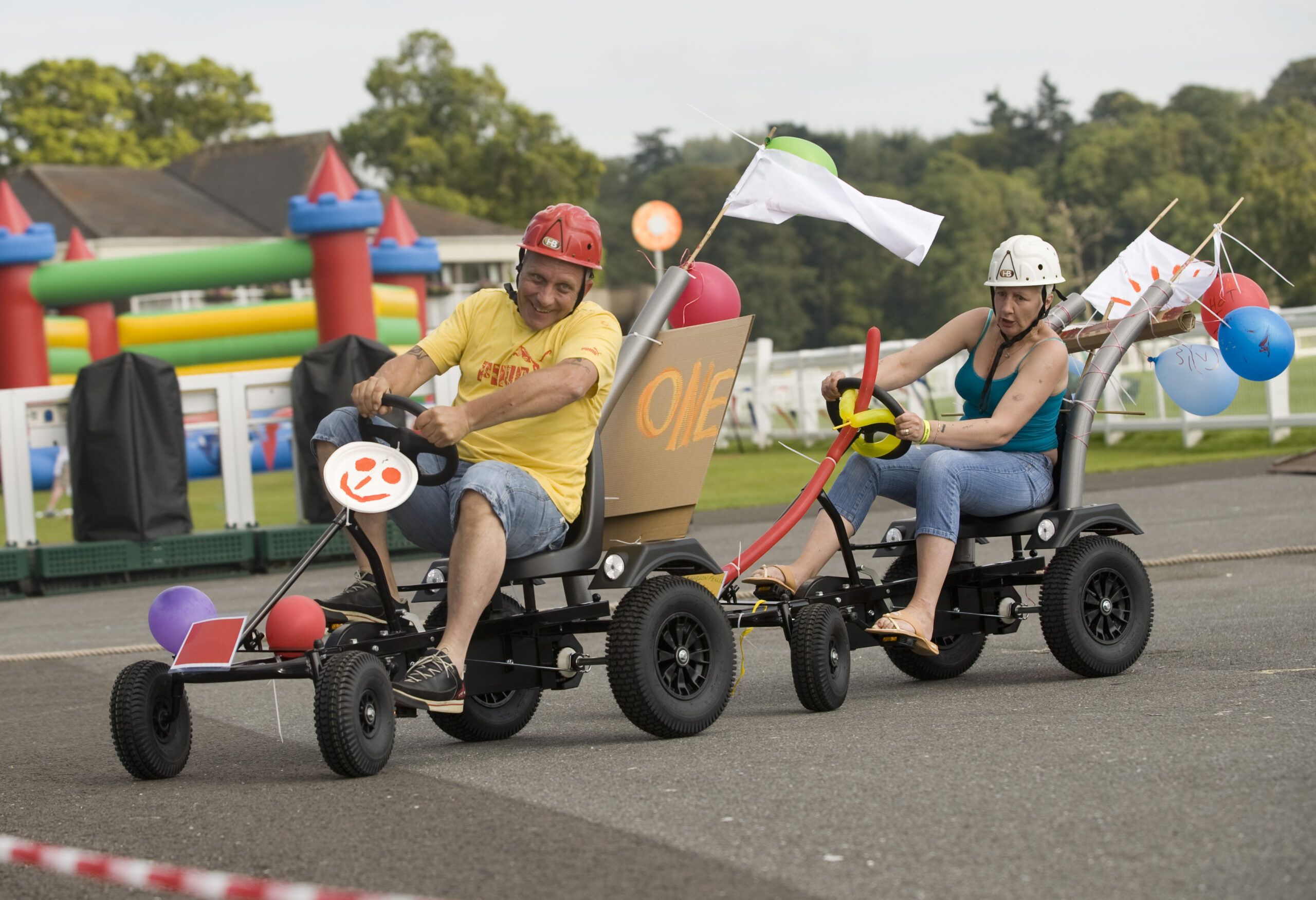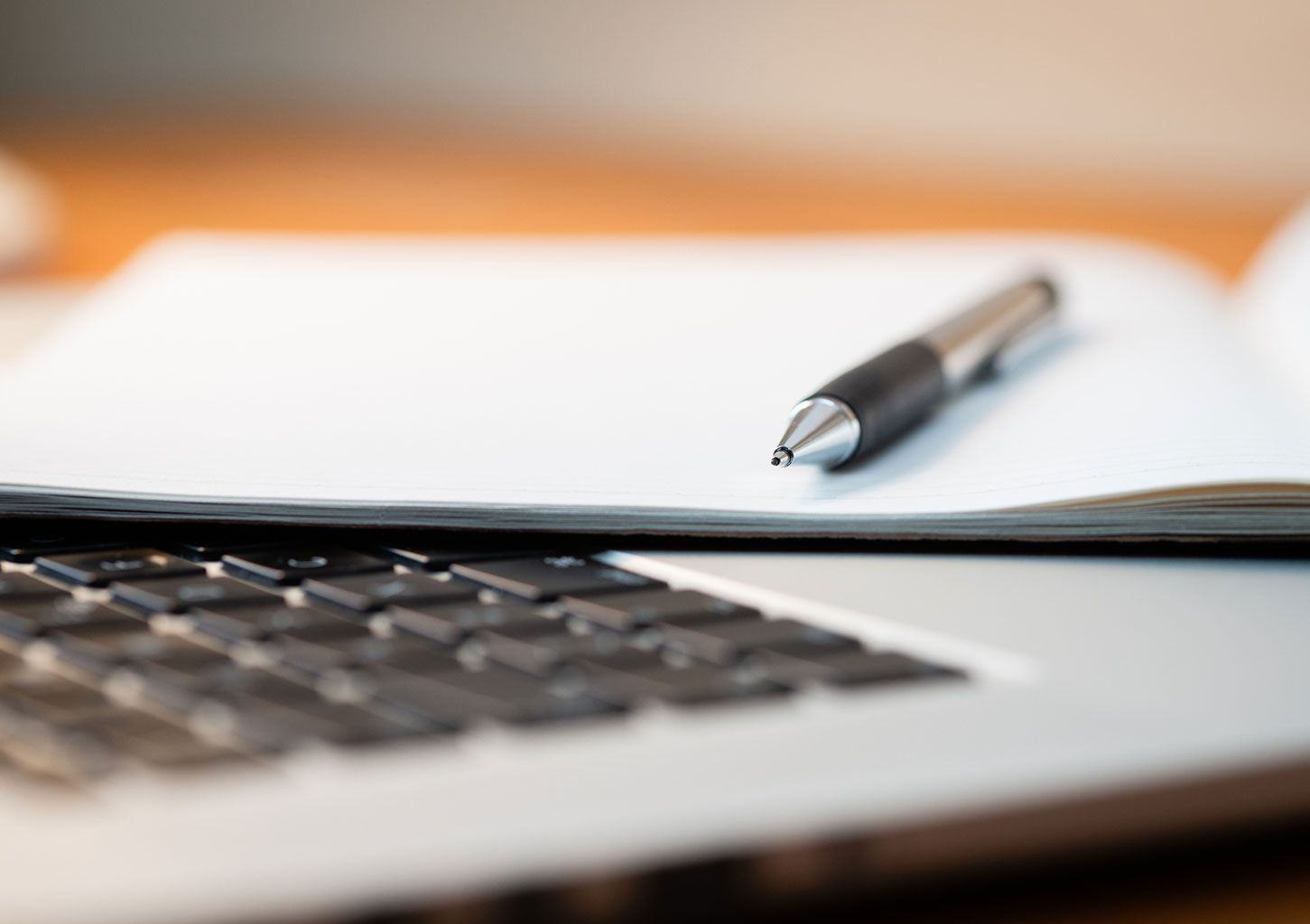
Featured
Awesome Employee Wellbeing Ideas from Event Experts
29/10/2024
The latest events news and opinions from Team Maximillion.

29/10/2024









Ready to create your event or just want to find out more? Either way, we’re waiting to hear from you.
"*" indicates required fields
Notifications